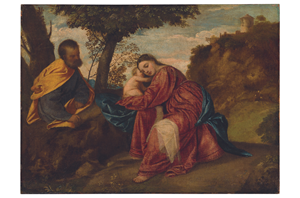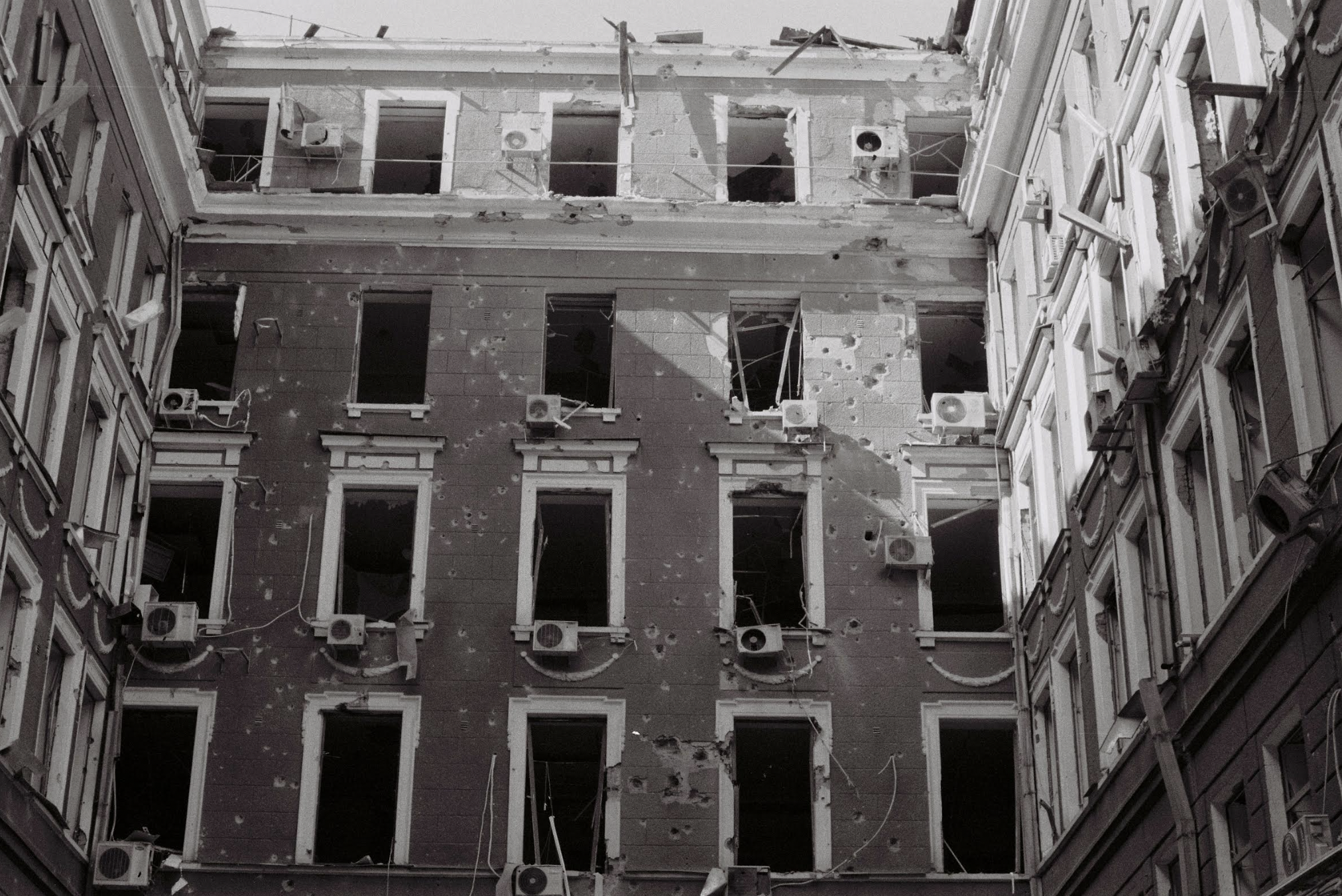One of the last religious works from the artist’s celebrated early years to remain in private hands, the picture has passed through some of the greatest collections in Europe and was last auctioned by Christie’s in 1878, before entering the collection at Longleat House.
Orlando Rock, Chairman, Christie’s UK commented: “This sublime early masterpiece by Titian is one of the most poetic products of Titian’s youth. Of impeccable provenance and having passed through the hands of Dukes, Archdukes and Holy Roman Emperors, this magical devotional painting has the rare notoriety of having been stolen not once but twice – firstly by Napoleon and secondly in the late mid-1990s. We are honoured to be entrusted with bringing this important and beautifully observed painting to the market in London this July.”
Andrew Fletcher, Christie's Global Head of the Old Masters Department commented: “This is the most important work by Titian to come to the auction market in more than a generation and one of the very few masterpieces by the artist remaining in private hands. It is a picture that embodies the revolution in painting made by Titian at the start of the 16th century and is a truly outstanding example of the artist's pioneering approach to both the use of colour and the representation of the human form in the natural world, the artistic vocabulary that secured his status as the first Venetian painter to achieve fame throughout Europe in his lifetime and his position as one of the greatest painters in the history of Western art.”
The roll call of illustrious provenance for this painting begins with it being first documented in the collection of the Venetian merchant, Bartolomeo della Nave (1571/79-1632), described in 1629 as a ‘mercante da droghe’, whose activities focused on the spice trade. Della Nave's inventory reveals an astonishing collection that is unlikely to have been equalled in Venice during his day and included no fewer than fifteen works by Titian, notably including The Gypsy Madonna of circa 1511; his Violante of circa 1510-15; the Nymph and Shepherd of circa 1570 (all in Vienna, Kunsthistorisches Museum); and the artist’s mature masterpiece of 1565-76, The Death of Actaeon, now in the National Gallery, London. In 1636, the Longleat picture was valued at £200 in della Naves's inventory, twice the amount for the Death of Actaeon, suggesting Titian's early works were more highly prized than their later counterparts.
Through Bartolomeo’s brother, Andrea della Nave, and Basil Feilding, 2nd Earl of Denbigh, King Charles I’s ambassador to Venice, the majority of the collection was acquired en blocby the latter’s brother-in-law, James, 1st Duke of Hamilton and sent to England. Following Hamilton’s execution by parliament in 1649, the collection was sold to Archduke Leopold Wilhelm of Austria, Governor of the Spanish Netherlands from 1647-1656. The picture appears in Teniers’ copper panel depicting The Archduke Leopold Wilhelm in his Picture Gallery in Brussels (Madrid, Museo del Prado), where it is shown hanging alongside other works by Titian acquired from della Nave’s collection, among which are the Nymph and Shepherd, Violante, and his Christ and the Woman taken in Adultery, circa 1511 (Vienna, Kunsthistorisches Museum), an unfinished panel that the young Anthony van Dyck had made a sketch of during his visit to see the Venetian merchant’s collection in 1622.
The Longleat picture remained in the Imperial collection – passing by descent from Charles VI, Holy Roman Emperor (1685-1740), Vienna, to Maria Theresa (1717-1780), Holy Roman Empress, Archduchess of Austria and Queen of Hungary and Bohemia, to Joseph II, Holy Roman Emperor (1741-1790) – and was transferred to the Belvedere Palace in Vienna by 1781, where it was looted by French troops in 1809 for the Musée Napoléon. It was subsequently owned by Hugh Andrew Johnstone Munro of Novar (1797-1864), a Scottish landowner, amateur artist and one of the most important patrons of Turner. Munro formed a celebrated collection that included Rembrandt’s Lucretia (Washington, National Gallery of Art), Veronese’s Vision of St. Helena (London, National Gallery), and at least ten pictures by Bonington, of which the finest was A fishmarket near Boulogne (New Haven, Yale Centre for British Art).
Titian’s early masterpiece Rest on the Flight into Egypt was acquired by the 4th Marquess of Bath in 1878, more than 145 years ago. Enjoyed by multiple generations, the painting made the headlines in 1995 when it was stolen from Longleat. Seven years later, following a £100,000 reward being announced for information leading to the picture’s safe return, it was found in 2002 in a carrier bag in Greater London, minus the frame, by a leading art detective of the time – the late Charles Hill, a former Scotland Yard officer.
Always regarded as a youthful masterpiece by Titian and generally dated circa 1510, there are however some inevitable variations on the precise dating. In his 2012 exhibition at the National Gallery in London: Titian, A fresh look at nature, Antonio Mazzotta, who dates the picture to circa 1508-9, observed that the monumental figure of the Virgin ‘prefigures other Titian heroines’ from the period, notably that of Judith as Justice in the detached fresco fragment from the Merceria entrance to the Fondaco dei Tedeschi, circa 1508 (Venice, Ca d’Oro), a key early commission, and that of the Magdalen in the artist’s slightly later Noli me Tangere, 1511-12 (London, National Gallery). In his review of the 2012 National Gallery exhibition, the centrepiece of which was Titian’s Flight into Egypt of 1506-7 (St. Petersburg, Hermitage), Paul Hills singled out the Longleat picture for particular praise and the artist’s masterful use of colour: ‘The red of the Virgin’s dress, offset by the [white] napkin, is treated with marvellous breadth, and the ultramarine of her cloak is spread across the bank to meet the strong amber of Joseph’s mantle, which in turn contrasts with the violet of his robe. The solicitous movement of the figures, counterpoised by the tilt of tree-trunks, is underscored by this drama of colour.’







